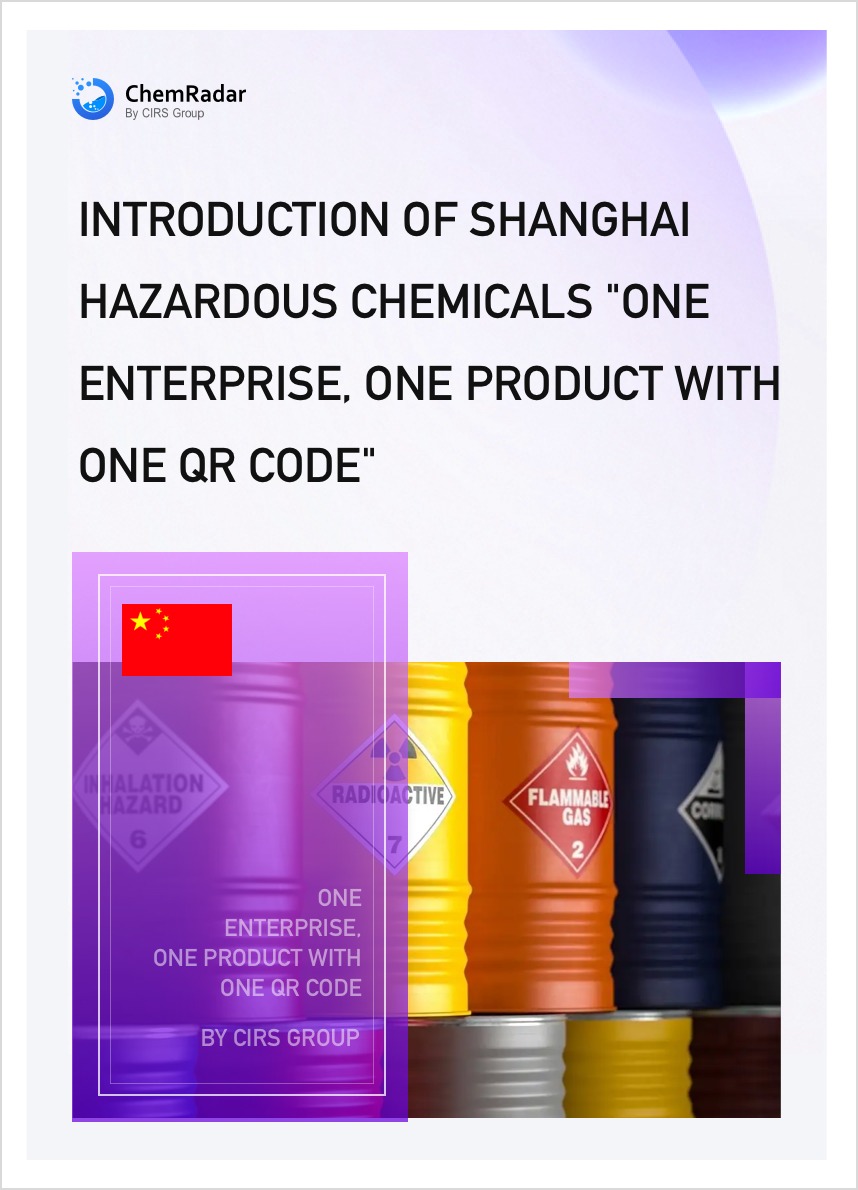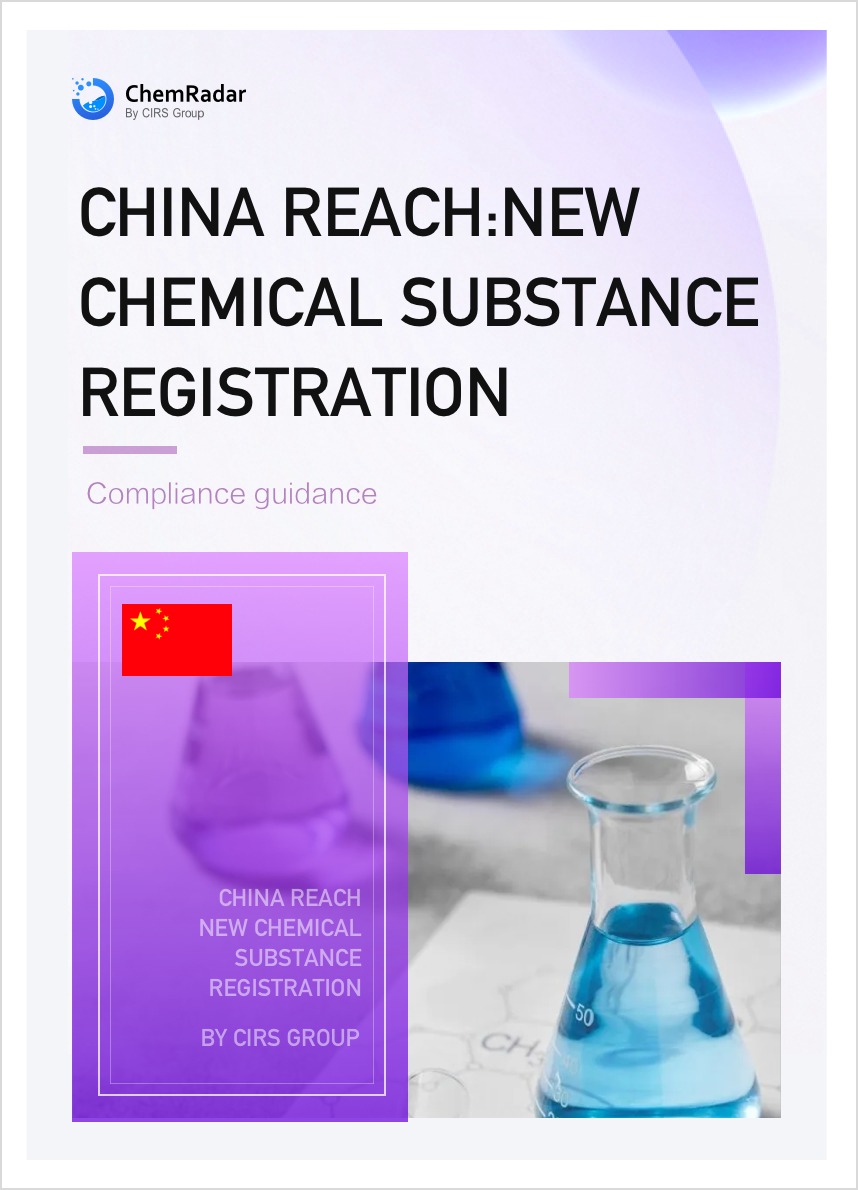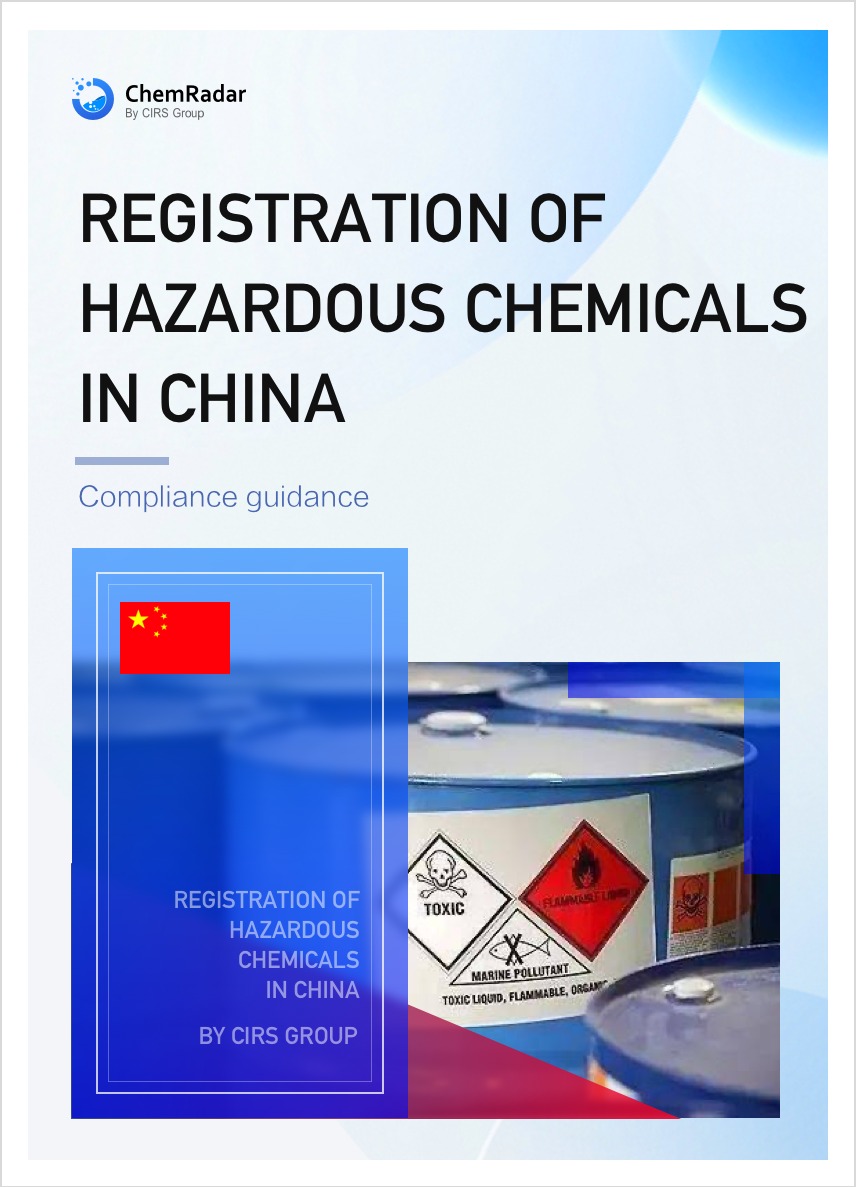On July 2, 2025, to implement the Vienna Convention for the Protection of the Ozone Layer and the Montreal Protocol on Substances that Deplete the Ozone Layer, and in accordance with the Regulations on the Management of Ozone-Depleting Substances and China’s Polyurethane Foam Industry Phase-out Management Plan, the Ministry of Ecology and Environment in China drafted the Announcement on Prohibiting the Production of Polyurethane Products Using 1,1-Dichloro-1-Fluoroethane (HCFC-141b) as a Blowing Agent (Draft for Comments) and publicly solicited opinions.
Policy Background
As a major consumer sector of hydrochlorofluorocarbons (HCFCs) in China, the polyurethane foam industry has long used HCFC-141b, with an ozone depletion potential (ODP) value as high as 0.11, to produce insulation materials. Its ozone-depleting capacity ranks highest among all HCFCs. According to the national phase-out plan, the application of this substance in the industry will be fully banned in 2026.
Key Content: Phased Implementation of Production Ban
- From January 1, 2026, the production of premixed polyether and polyurethane products using HCFC-141b as a blowing agent (excluding spray-applied polyurethane foam products) is prohibited. For the production of refrigerators, freezers, refrigerated containers, and electric water heaters, implementation shall follow the Announcement on Prohibiting the Production of Refrigerators, Freezers, Refrigerated Containers, and Electric Water Heaters Using 1,1-Dichloro-1-Fluoroethane (HCFC-141b) as a Blowing Agent (Ministry of Ecology and Environment Announcement No. 49, 2018). For the production of insulation pipes and solar water heaters, implementation shall follow the Announcement on Prohibiting the Production of Insulation Pipes and Solar Water Heaters Using 1,1-Dichloro-1-Fluoroethane (HCFC-141b) as a Blowing Agent (Ministry of Ecology and Environment Announcement No. 28, 2023).
- From July 1, 2026, the production of spray-applied polyurethane foam products (referring to polyurethane foam materials applied on-site for thermal insulation and waterproofing) using HCFC-141b as a blowing agent is prohibited.
Ecological and environmental authorities at all levels shall supervise enterprises in strictly implementing the above provisions. Violators will be penalized according to law.
Drafting Process: Scientific Assessment and Industry Collaboration
In July 2024, the Ministry of Ecology and Environment commissioned industry associations to conduct feasibility studies assessing the maturity of alternative technologies and socioeconomic impacts. After completing the report in early 2025, multiple rounds of enterprise seminars were organized in April with the Foreign Economic Cooperation Office, Plastics Processing Industry Association, and other units to incorporate industry feedback, culminating in the draft for comments.
Feasibility Analysis: Mature Alternatives, Diverse Economic Options
Technically: Hydrocarbons (e.g., cyclopentane), water, hydrofluorocarbons (HFCs), and hydrofluoroolefins (HFOs) as alternative blowing agents are already widely used in the industry, with fully viable technologies.
Economically: Hydrocarbon- and water-based blowing agents are lower-cost, while HFCs/HFOs are higher-cost. Enterprises may choose independently based on product requirements and cost tolerance.
Solicitation of Comments
From now until July 18, 2025, stakeholders may submit written comments or email suggestions (ods@mee.gov.cn) to the Ministry of Ecology and Environment (Contact: Ma Peiling; Tel: 010-65645594; Fax: 010-65645555). Entities consulted include the National Development and Reform Commission, Ministry of Industry and Information Technology, China Plastics Processing Industry Association, and provincial ecological/environmental departments.
This move marks a critical step in China’s fulfillment of the Montreal Protocol, advancing the polyurethane industry’s transition toward low-carbon technologies, accelerating green industrial upgrades, and contributing China’s efforts to global ozone layer protection.
Further Information




